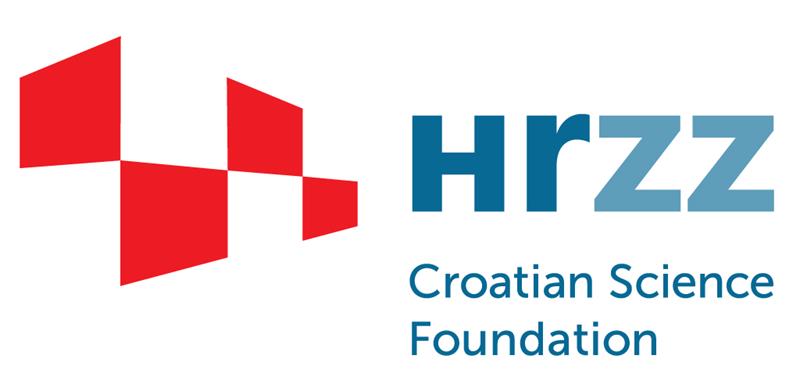 Project CONAN2D (Croatian Science Foundation, 2020-2025)
Project CONAN2D (Croatian Science Foundation, 2020-2025)
The CONAN2D project will explore the characteristics of nanotransistors based on new 2D materials discovered after graphene. The research group will develop an advanced simulation software for atomistic simulations and performance prediction of these nanotransistors. The developed software will pair two advanced methods: ab initio density functional theory (DFT) and quantum transport based on non-equilibrium Green's function formalism (NEGF). DFT provides the exact energy band structure with an atomistic resolution of materials, while NEGF inherently incorporates the quantum mechanical effects present in extremely scaled transistors. We will implement the simulator on a hybrid CPU-GPU platform with parallel execution to enable simulations on the computer cluster and on the university supercomputer. The developed tool will be used to investigate the influence of geometry, dimensions, materials in the gate stack, and crystal defects on the transistor characteristics. Design will be carried out, performance optimization possibilities explored, and defect-induced variability will be analyzed. The results of the research will answer the question of whether the selected materials are feasible and convincing alternatives to bulk silicon and other 2D materials for the next generations of semiconductor transistor technology.
 Project GRONGER (Croatia-Germany Bilateral Cooperation, 2022-2023)
Project GRONGER (Croatia-Germany Bilateral Cooperation, 2022-2023)
Bilateral project with Leibniz Institute for High Performance Microelectronics (IHP), Frankfurt Oder, Germany.
The main goal of the GRONGER project is the fundamental understanding of the factors that are limiting the carrier mobility in graphene, which will therefore allow improvement of the quality of the grown graphene. To achieve these goals, project GRONGER interfaces one German (IHP) and one Croatian (UNIZG-FER) partner united in a bilateral collaboration of experts in the fields of graphene synthesis, microelectronic integration, and electron transport theory and simulation. IHP will fabricate graphene samples and perform the measurements, whereas UNIZG-FER will provide theoretical analysis and guidance for experiments using numerical modeling of semiclassical charge carrier transport. The characterization results will be used for the calibration of the physics-based transport model, and the experimental conditions will be changed according to the guidance provided by numerical simulations. As this project aims to take graphene fabrication technology to a new maturity level, the understanding of the limiting factors of the reduced mobility in graphene could lead to a newly developed graphene synthesis method. This new method could be integrated into the IHP Si BiCMOS prototype line and thus enable new functionalities for innovative electronic or photonic applications such as graphene-based modulators.


 Pristupačnost
Pristupačnost